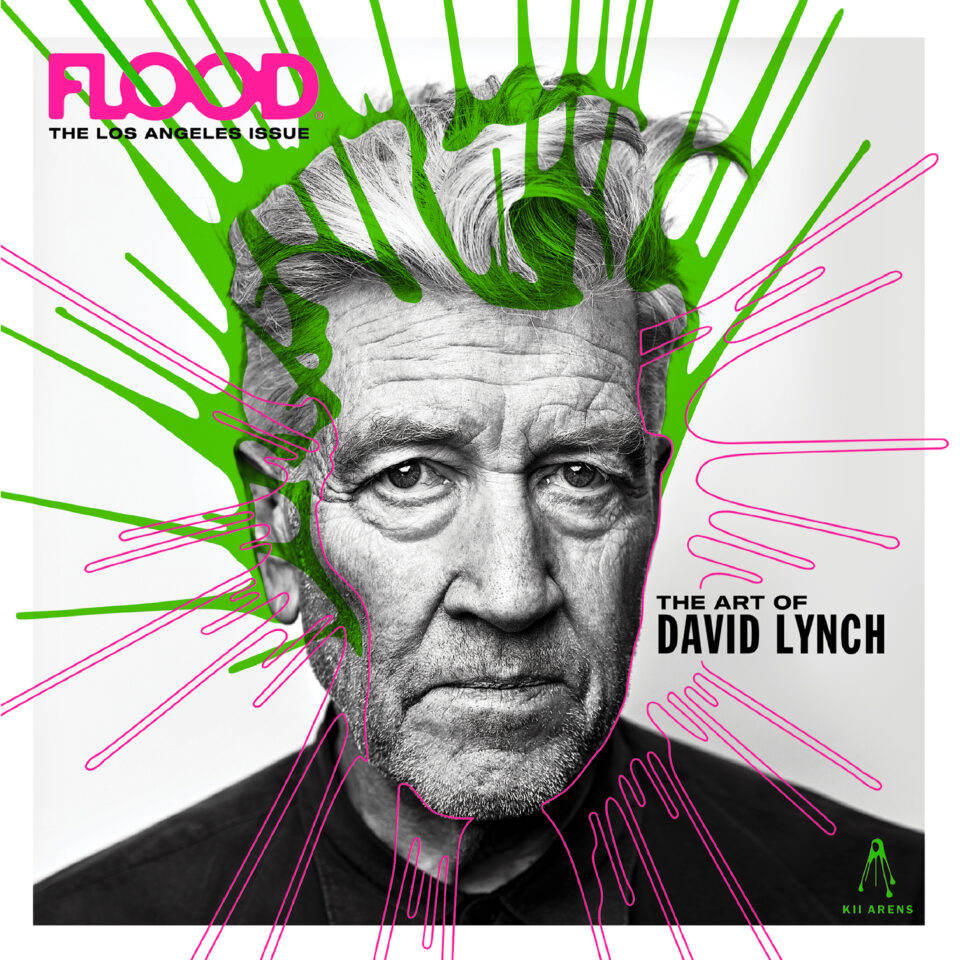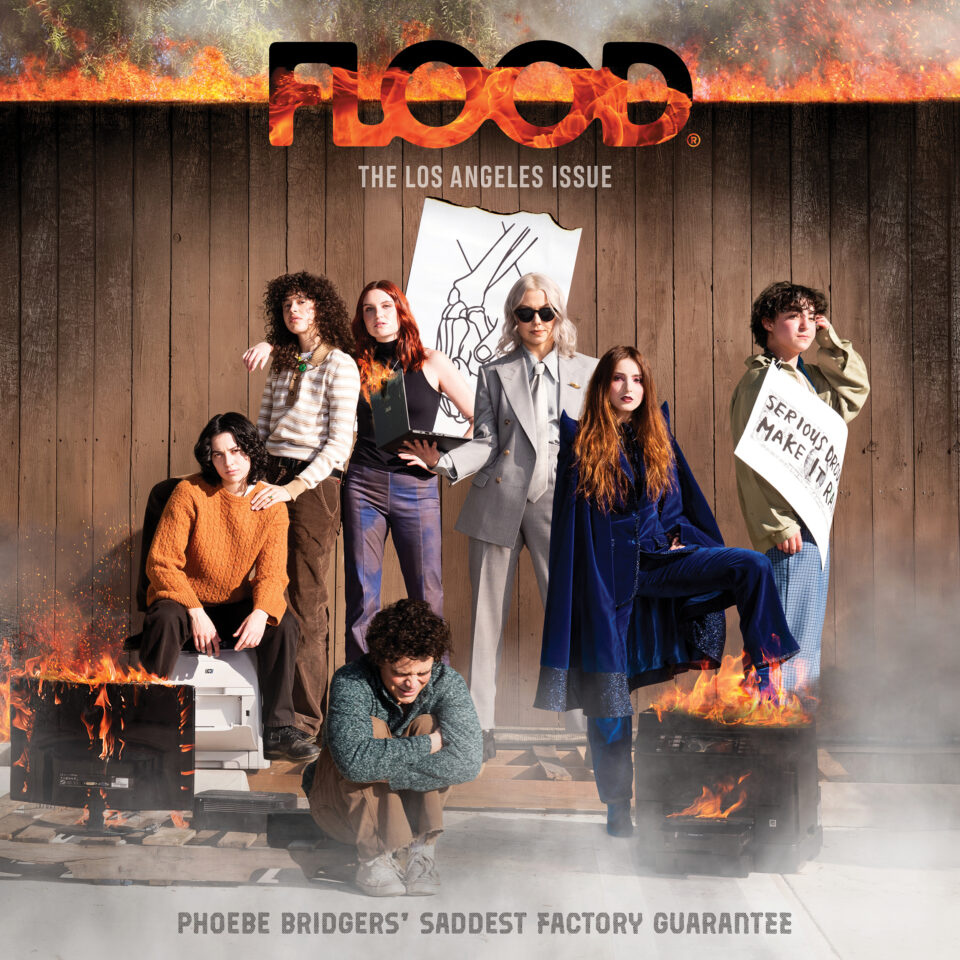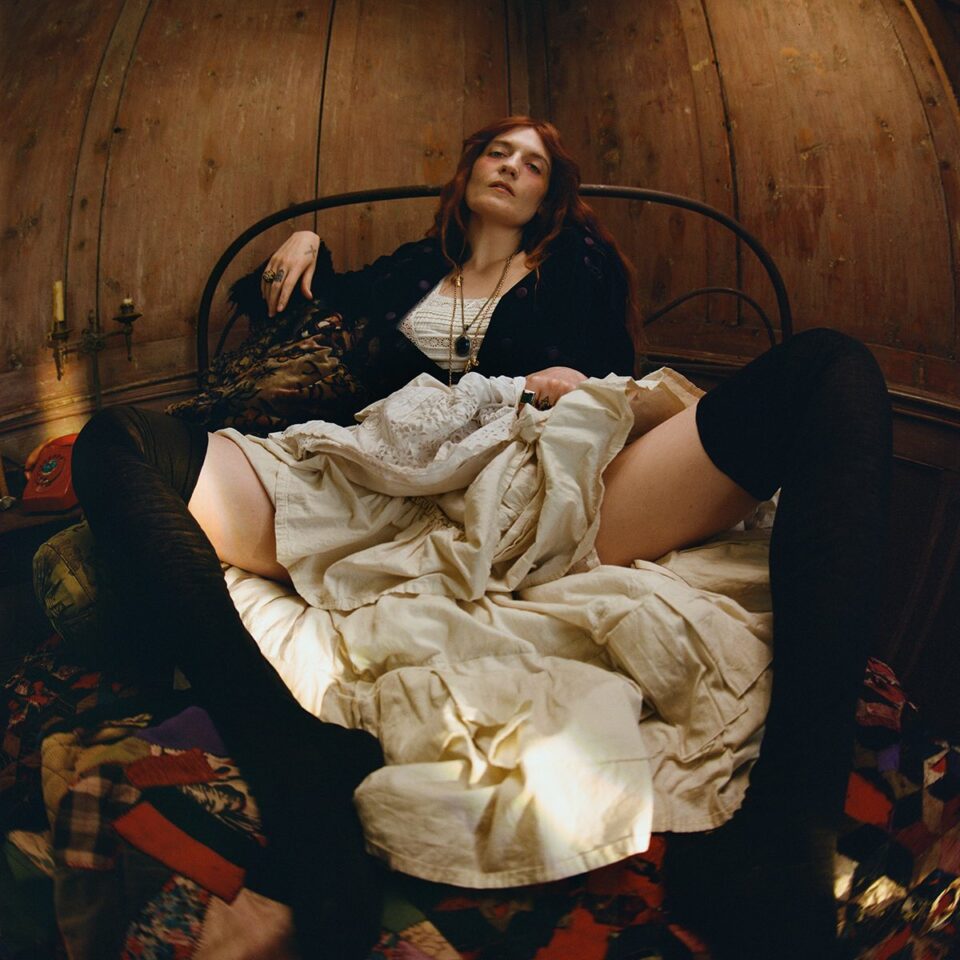In yet another case of real life being stranger than fiction, a man repairing a vintage synthesizer at Cal State University, East Bay was accidentally dosed by LSD left behind on the machine.
This man was Eliot Curtis, Broadcast Operations Manager at KPIX Television in San Francisco. Curtis had volunteered to work on the ’60s-era machine, a Buchla Model 100, created by the late Don Buchla of UC Berkeley.
According to CBS SF Bay Area, Curtis was working on the machine when he discovered a crystalline substance underneath one of the knobs. Scratching at it with his finger, he sprayed the area with a solvent and continued working. It wasn’t long before he felt what was described as a tingling sensation, which would evolve into a full-on nine-hour acid trip.
“I call him the Leonardo da Vinci of electronic music design,” said electronic musician Suzanne Ciani of Buchla, whom she worked with in the late ’60s and ’70s while a grad student at Berkeley. “It’s no accident that he developed his unique ideas in this crucible of upset and chaos in Berkeley.”

Don Buchla
Rumors swirled for years that Buchla would discreetly apply LSD to various surfaces of the machines he built, with musicians routinely rubbing their fingers along the outsides of them in search of a little chemical inspiration.
In 1966, some of Buchla’s machines ended up on an old school bus purchased by acid advocate Ken Kesey and his Merry Pranksters. This only further perpetuated the LSD legend, which now turns out to be true: three separate chemical tests on the synth came back positive for the psychedelic drug.
Curtis would go on to completely repair the machine—while wearing gloves, and after the surface had been thoroughly cleansed of all LSD residue.
Watch a video about Buchla synthesizers below.









